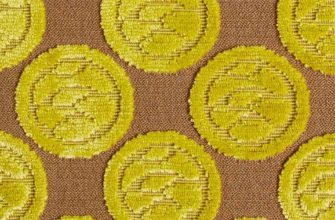Using sheepskin to make warm clothes is not a new idea. Animal wool has been used by humans for insulation since ancient times. Despite the emergence of new materials, wool blankets do not lose their relevance.
Product Features
The wool of some animals is capable of providing therapeutic heat. In addition, the use of the special properties of wool fibers is used for various purposes.
Depending on the raw material, blankets are made from camel, goat and sheep wool.
- camel has a small weight but large volume;
- goat (cashmere) is suitable for people suffering from allergies;
- Sheep (merino) - the softest with medicinal properties.
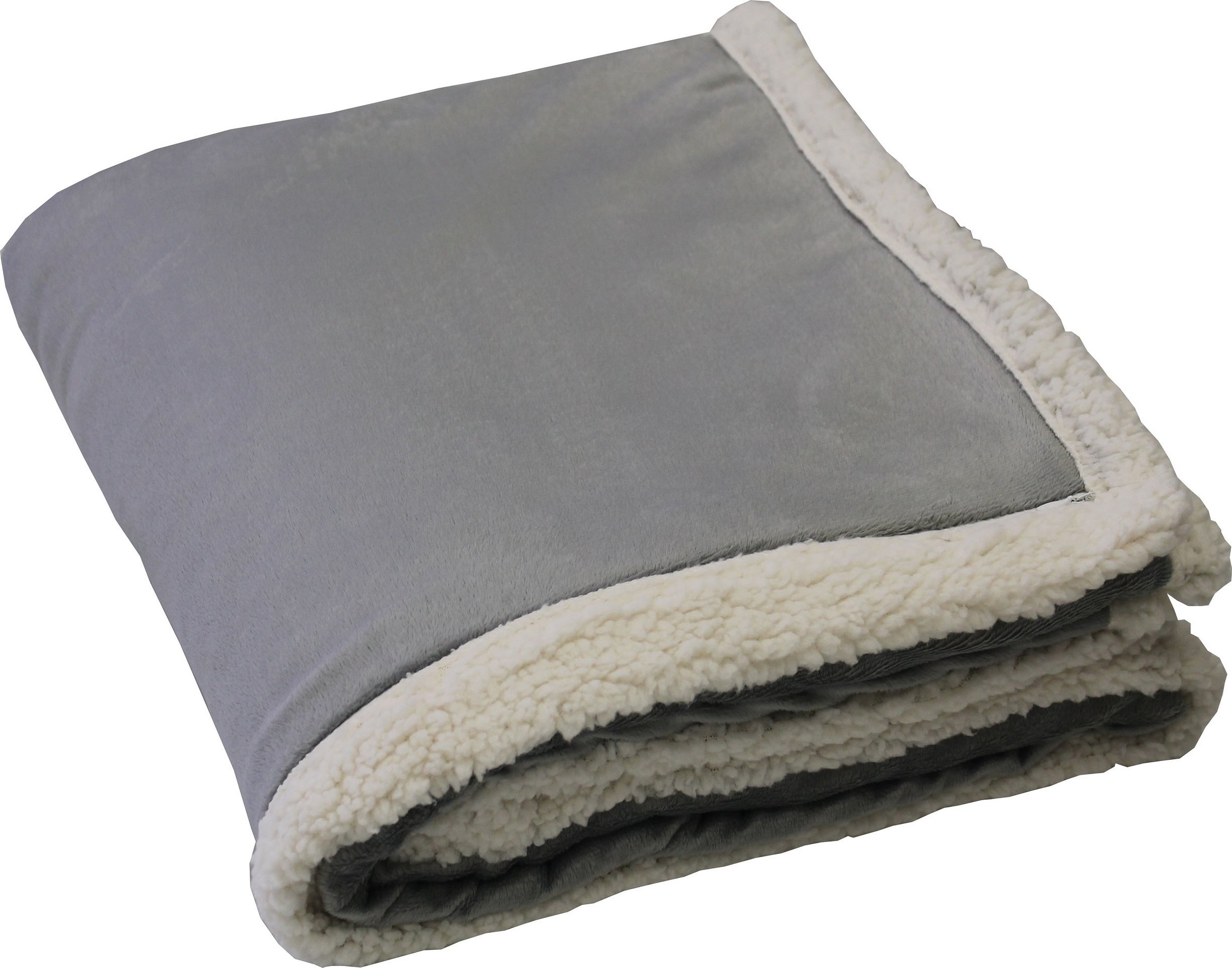
According to fillers, products are classified into the following categories:
- down: duck, goose and loon down;
- wool: cashmere, merino and camel;
- cotton: natural cotton;
- silk: threads of the mulberry silkworm;
- bamboo: bamboo fabric;
- synthetic: synthetic padding, holofiber, down substitute;
- exotic: fibers of seaweed, eucalyptus and other plants.
Wool blankets are also divided by the sewing method into cassette, quilted and karostep. From woven blankets, having one or two sides with open wool, a softer texture is chosen for use as a plaid or for the purpose of therapeutic effect.
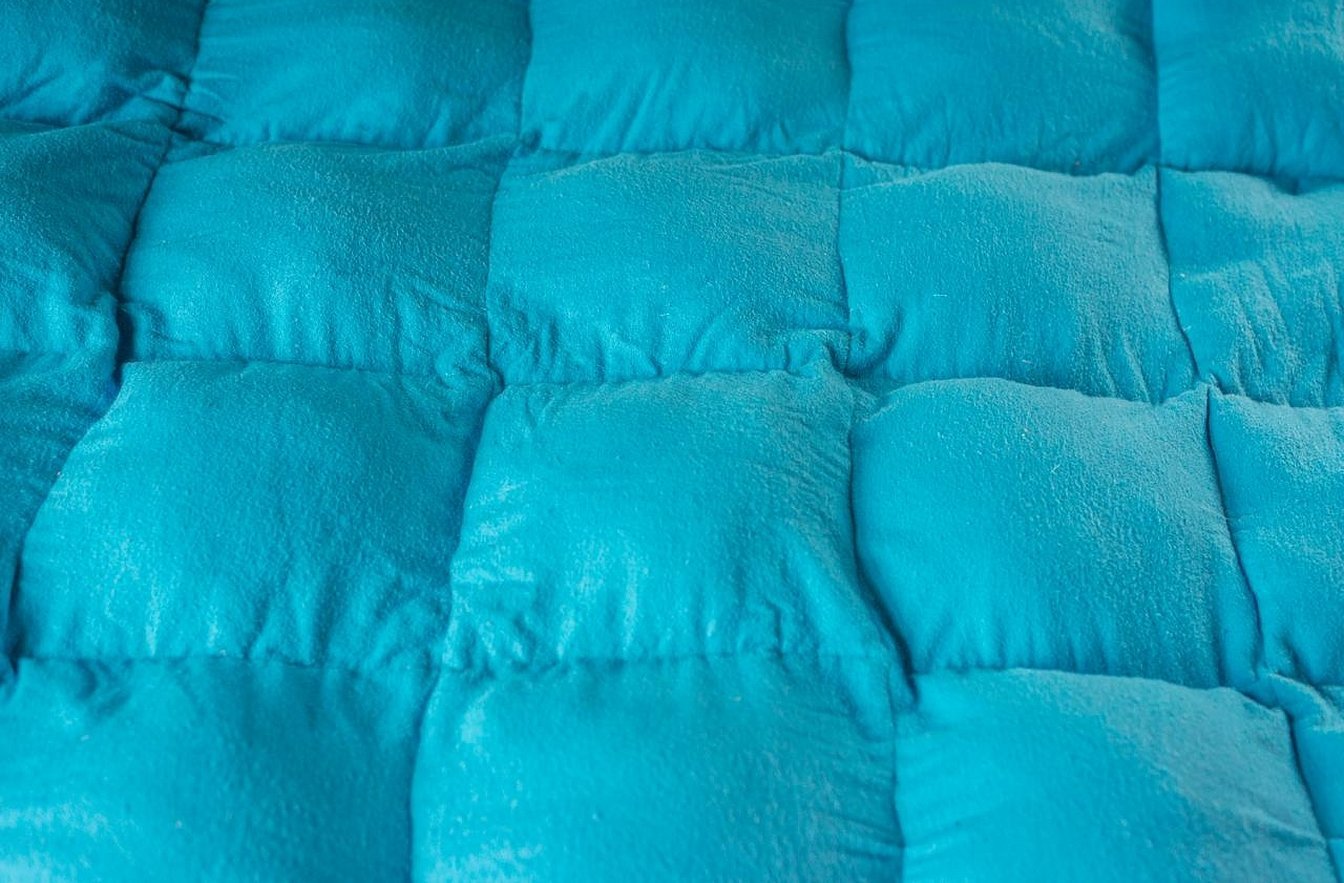
Advantages and disadvantages
The following advantages may be reasons for purchasing a blanket made of natural wool:
- aesthetic appearance;
- comfort and warmth of the product;
- hygroscopicity of fibers;
- restoring shape after washing;
- breathability;
- durability of the product.
Please note! Unlike down, wool maintains a monolithic structure without forming lumps. No production can produce a blanket filler that is superior to the natural component - wool.
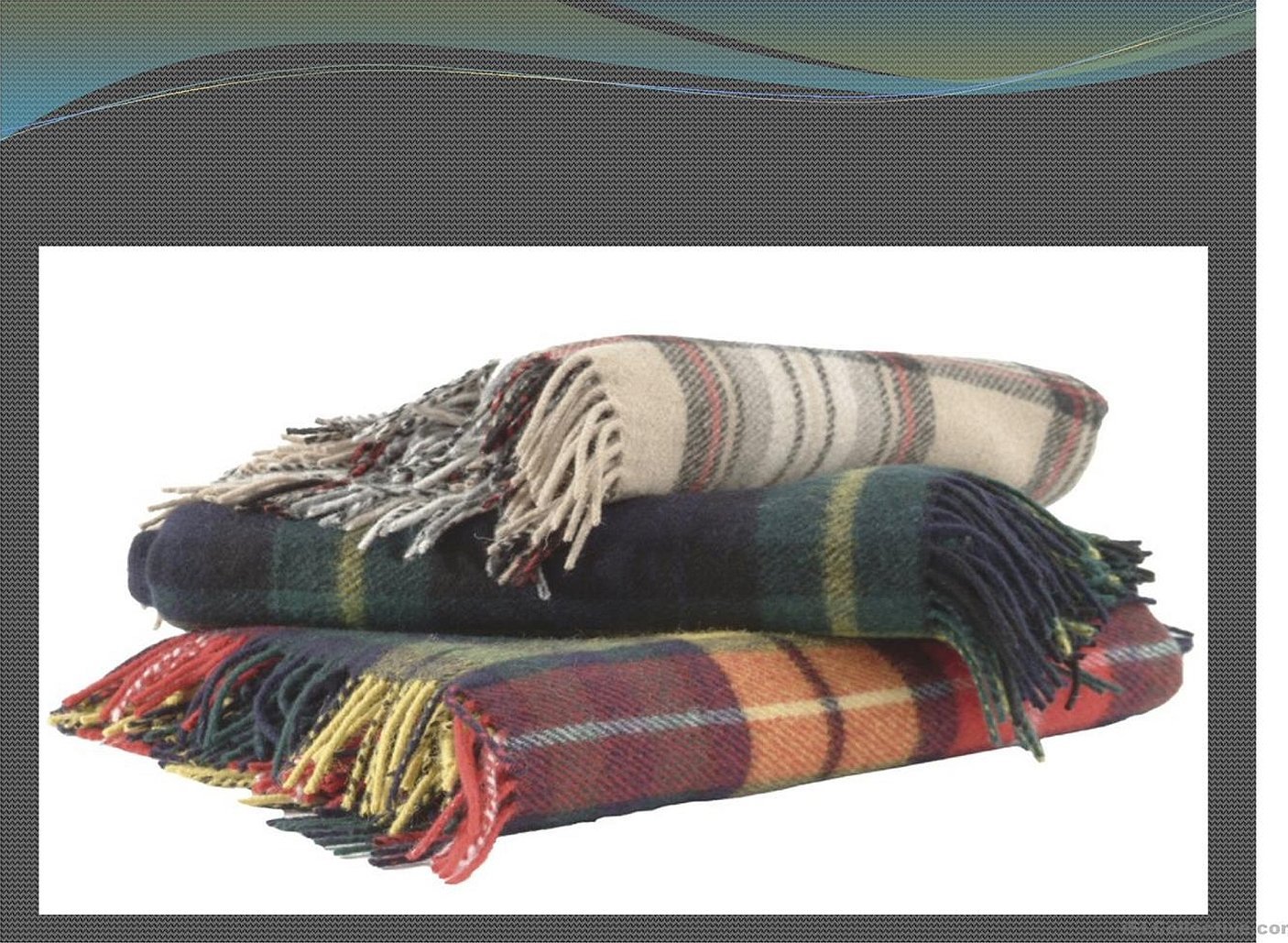
In blankets where the filling is held in place by machine stitching, fibers may eventually emerge through the holes punched with a needle.
The filling may bunch up in quilts after washing.
Wool blankets require periodic airing in the fresh air. Protection from moths and other pests should be taken into account from the moment of purchase.
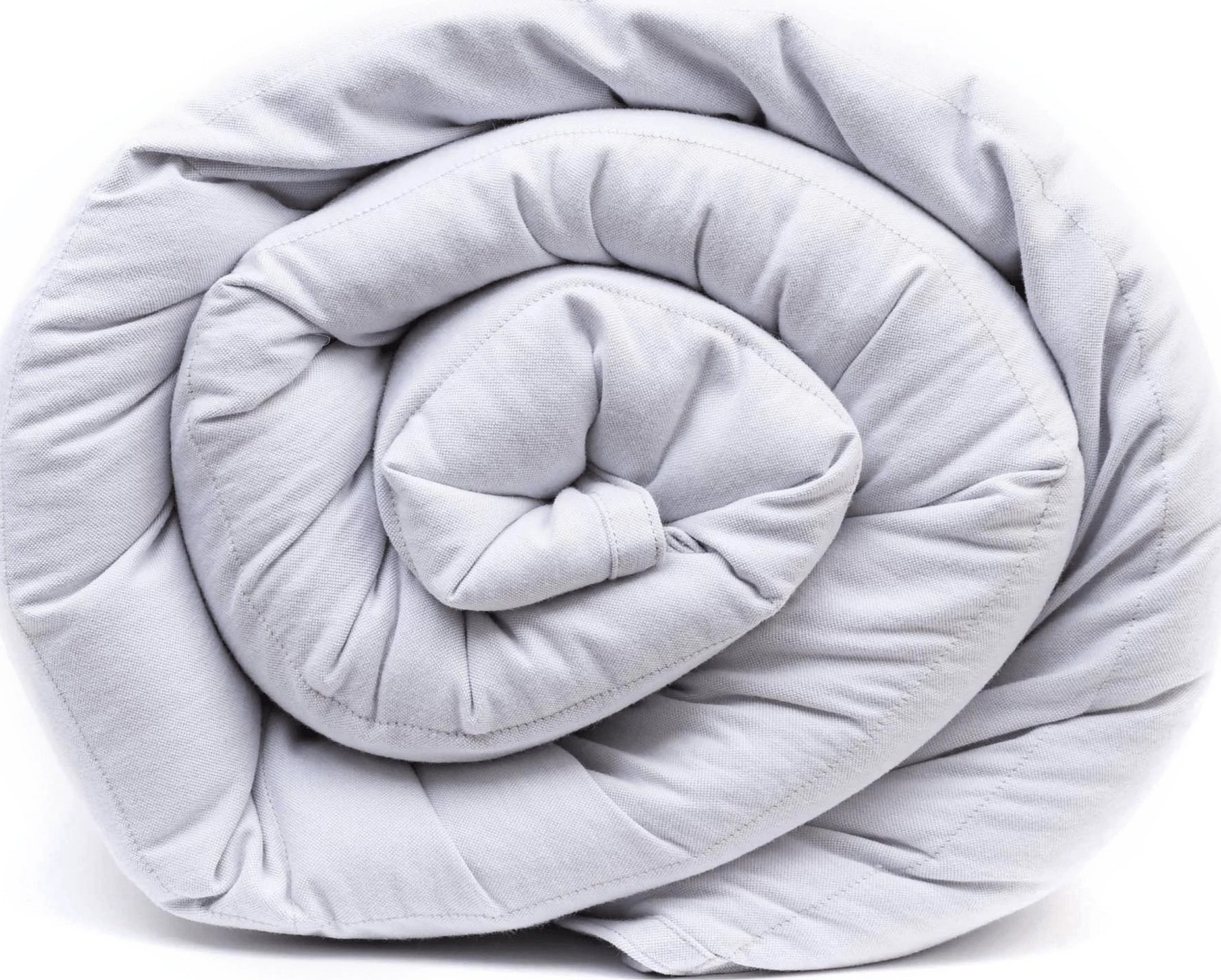
What types of wool can be used?
Camel wool without a cover is a bit rough to the touch, but it allows air to pass through perfectly and reduces the impact of electromagnetic rays.
Cashmere does not cause allergic reactions, relieves symptoms of rheumatism and manifestations of osteochondrosis. Often used for small children due to its soft texture. Mountain goat wool is highly valued for many reasons.
Llama wool is the lightest, so it is suitable for people suffering from various ailments. The healing effect is achieved without a fabric coating.
Camel wool, despite its prickly fibers, is quite popular on the market. Such a woven blanket is much more expensive than a quilted one.
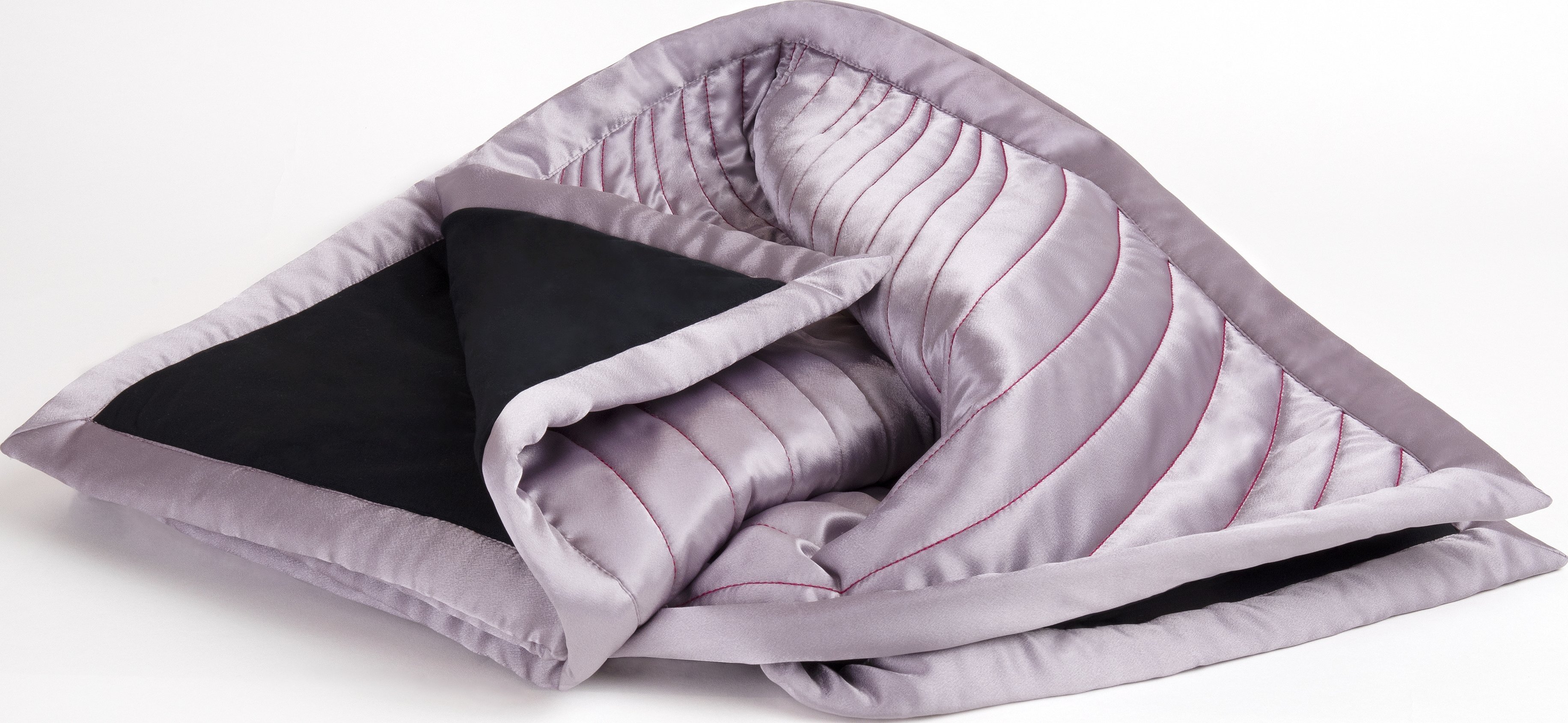
Sheep
A blanket made of sheep wool relieves nervous tension and muscle pain. Sleeping under a sheep blanket helps to quickly restore strength. The healing effect is reduced when using a blanket in a fabric cover or duvet cover. Sheepskin helps to restore healthy sleep.
For your information! Sheep wool blankets can be attacked by dust mites if not properly cared for. These microorganisms cause allergies. Periodic airing will reduce the risk of infection.
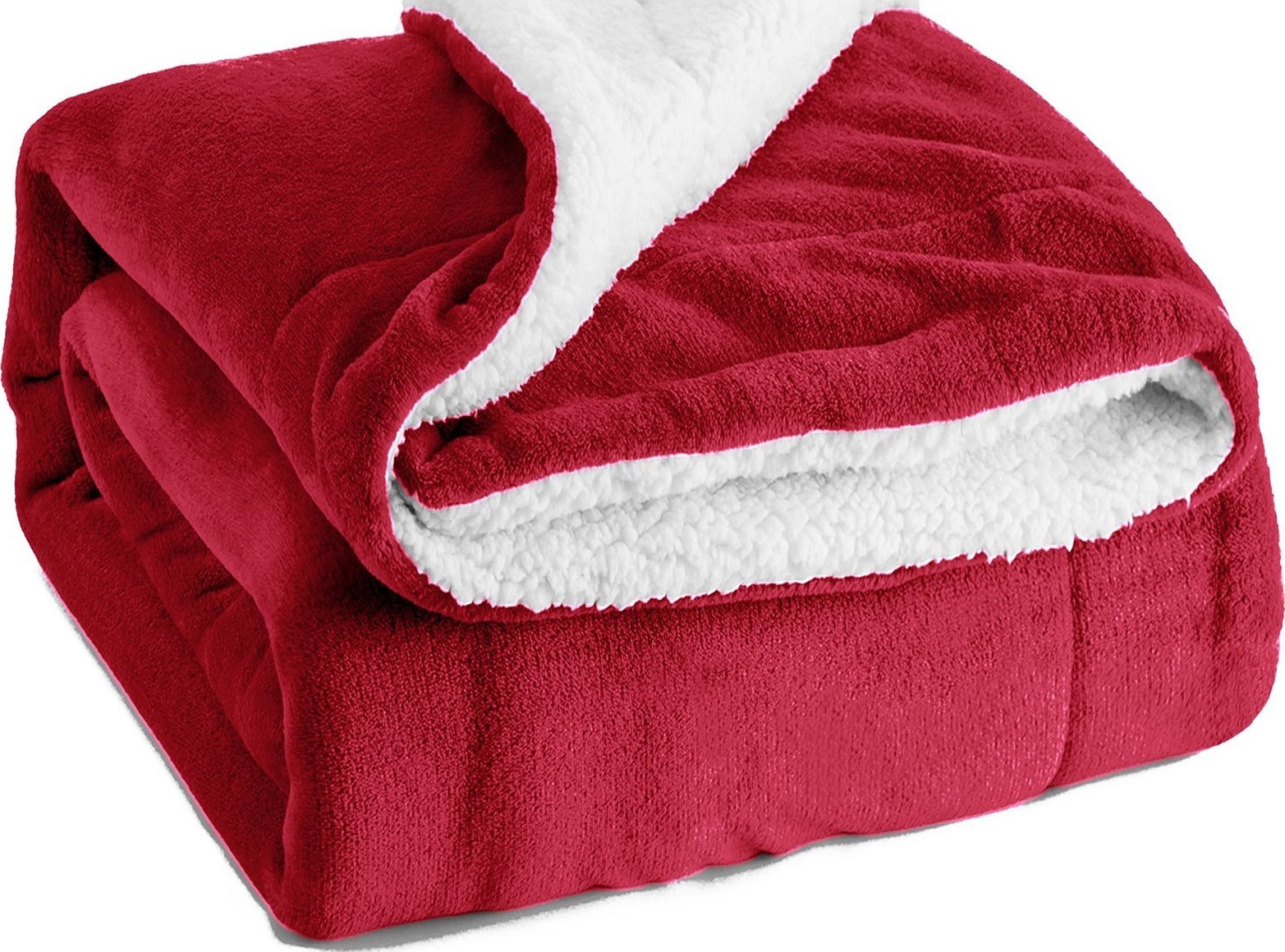
Merino
A merino wool blanket is incredibly soft and airy. A special breed of sheep, raised on special pastures, produces the most valuable wool for the production of threads and fibers used in the manufacture of blankets, blankets and knitting threads.
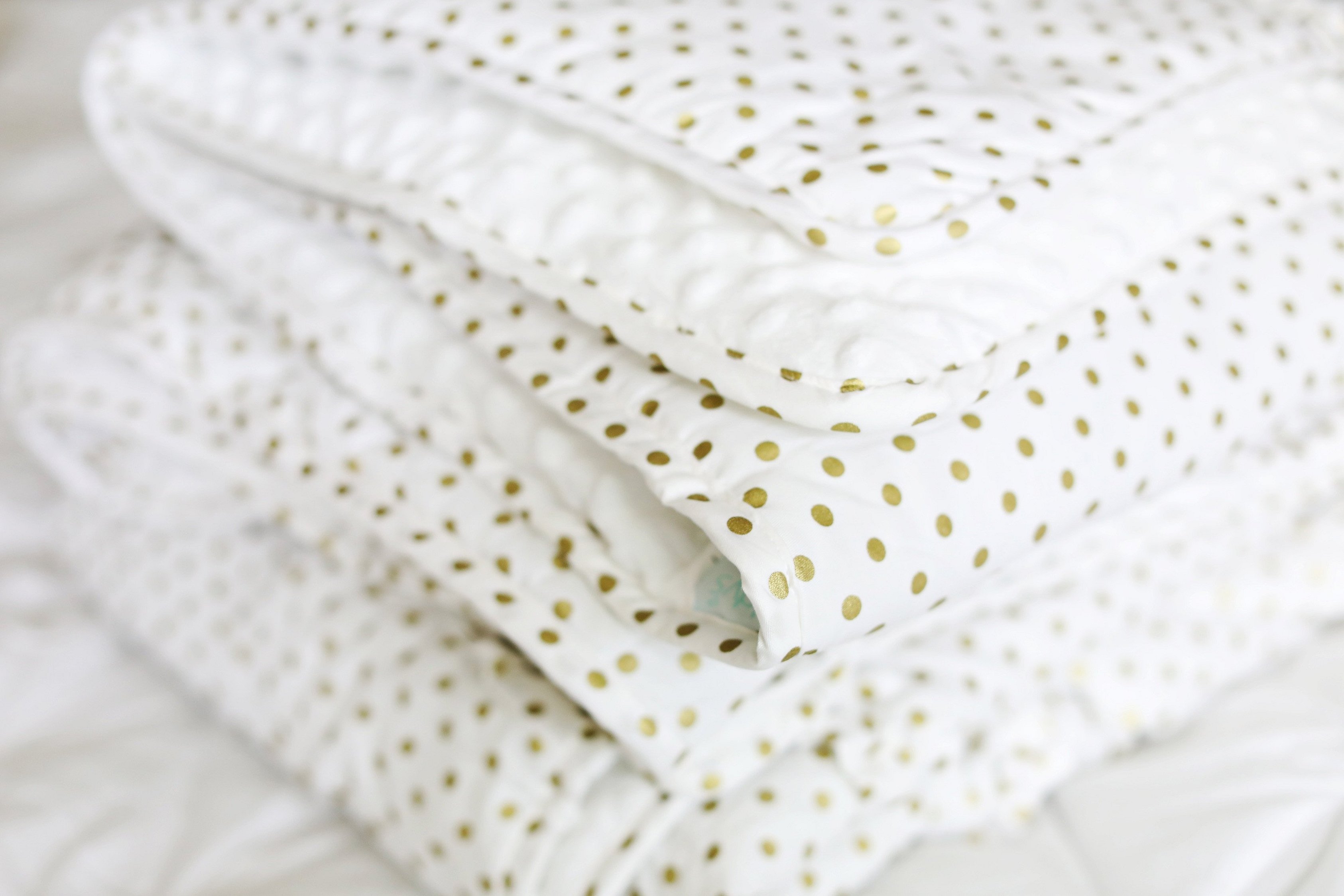
Yak wool
Yak down has exceptional heat-insulating properties while being lightweight. Living high in the mountains, the yak easily tolerates heat and cold. The animal's wool is adapted to withstand persistent frosts, so it is able to retain heat. A blanket made of yak wool is light and airy.
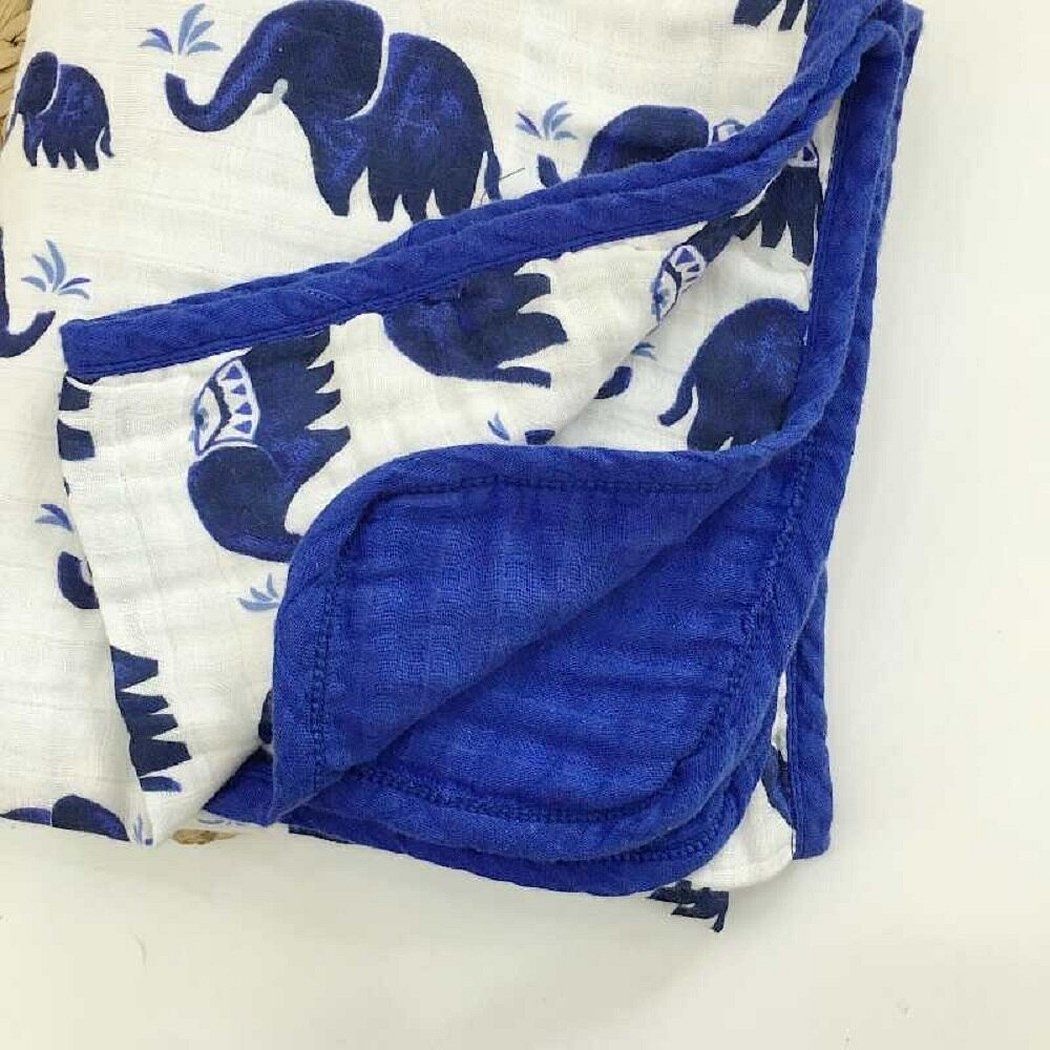
Other types of raw materials
The use of woven wool blankets led the industry to experiment with adding synthetic fibers to the raw material to save on natural filler.
By type, such components are classified as follows:
- bamboo filler is hygroscopic and has the ability to equalize temperature;
- silk prevents the appearance of fungi and mold, suitable for allergy sufferers;
- down, air filling loses its special anti-dust mite treatment properties with each wash;
- Polyester is easy to wash, resistant to static electricity, and durable in use.
You can sew or knit a baby blanket for a newborn baby with your own hands. The choice of wool yarn in specialized stores is large. The percentage of content is indicated on the label.
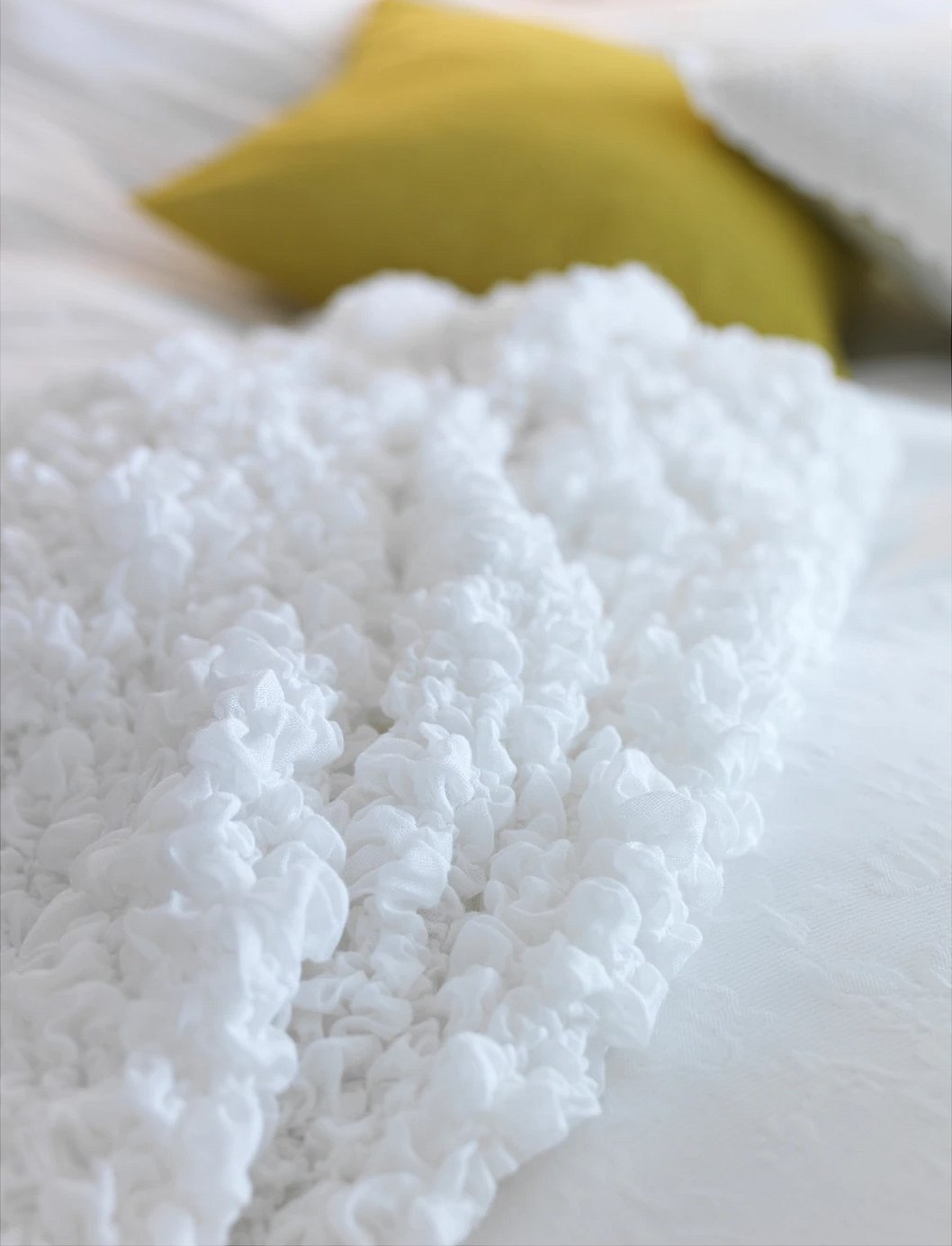
Main selection criteria
The most important indicator is the size of the product - one and a half, double or euro. The labels on the product packaging indicate the degree of warmth:
- five dots characterize very warm;
- four dots correspond to moderately warm;
- three dots indicate an all-season option with a normal degree of heat transfer;
- two dots are typical for a light blanket-type coverlet;
- One dot indicates the lightest summer blanket.
After determining the dimensions and heat transfer coefficient, they move on to choosing the type of filler - down, wool, bamboo, silk, cotton or synthetic.
Please note! The neatness of the outer lines indicates the quality of the sewing. The best sewing style is considered to be the cassette method.
The fabric of the cover is chosen to be as close to natural as possible - satin, cotton, calico, linen, teak.
The presence of a tag indicating the manufacturer and care instructions for the product, as well as the composition of the fabric, indicate that the product is a quality product.
Allergy sufferers should consider the composition of the material and choose a product containing synthetic components.
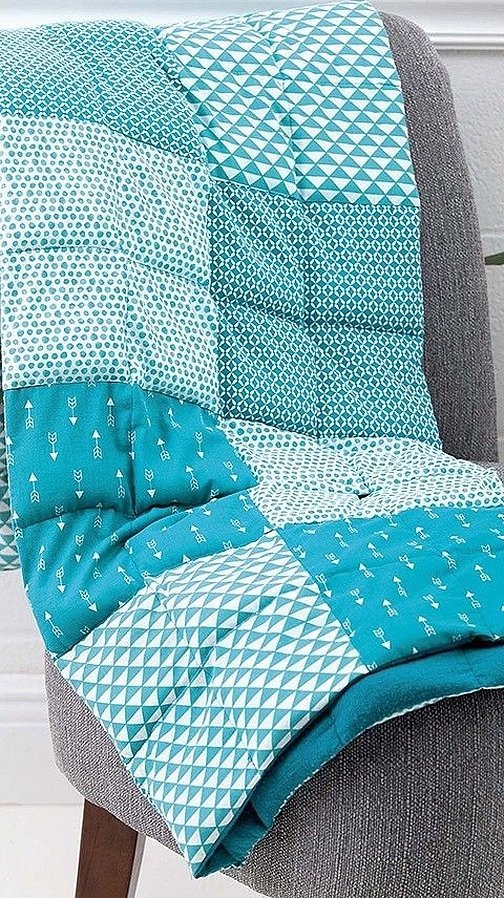
How much does a wool blanket weigh
The weight of the product is directly affected by the density of the filler. With a weight of 420 g / m² it is considered very warm, 300-350 g / m² is standard or simply warm, 220-280 g / m² corresponds to a lightweight version of the blanket, and 200-220 g / m² is considered light.
Heavier fillers consist of cotton wool, sheep or camel wool. Synthetic fibers and goose down are considered light. For example, a yak wool blanket measuring 150x200 cm weighs only 1600 g.
Important! The manufacturer indicates the weight on the product's factory label.
Thick winter blankets are significantly heavier than light summer blankets. Among the various offers in terms of density and heat transfer coefficient, merino blankets win significantly.
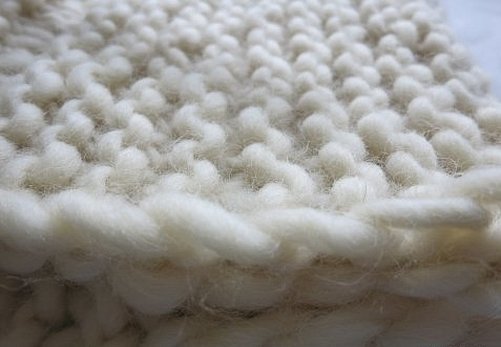
Features of care
A blanket made of sheep wool is more often quilted than open. When caring for it, the following should be taken into account:
- It is not recommended to wash in warm water because the hairs will become felted. Any stains that form should be carefully washed in cool water and dried;
- the product requires periodic ventilation, then its service life will increase significantly;
- Quilted blankets can be rinsed in cold water and dried in a straightened state without using a hair dryer or heater;
- Blankets should be stored in a canvas bag or a cotton pillowcase with free access to air.
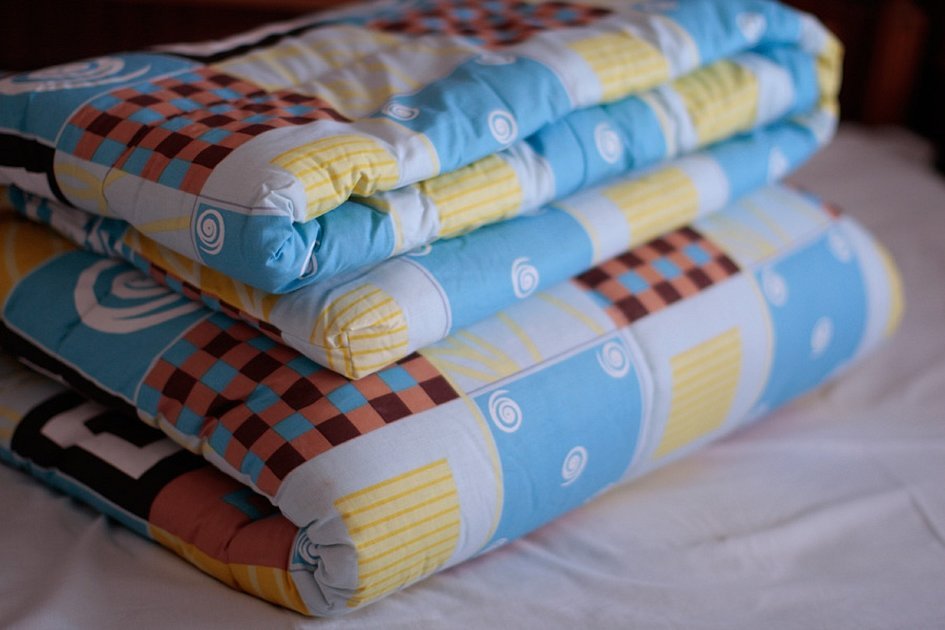
Machine wash
If the manufacturer allows washing the product, it is better to place it in a special cover. Use a delicate washing mode for wool with minimum rotation and a temperature of 30 °C. Machine washing is only possible for quilted sheepskin and camel blankets.
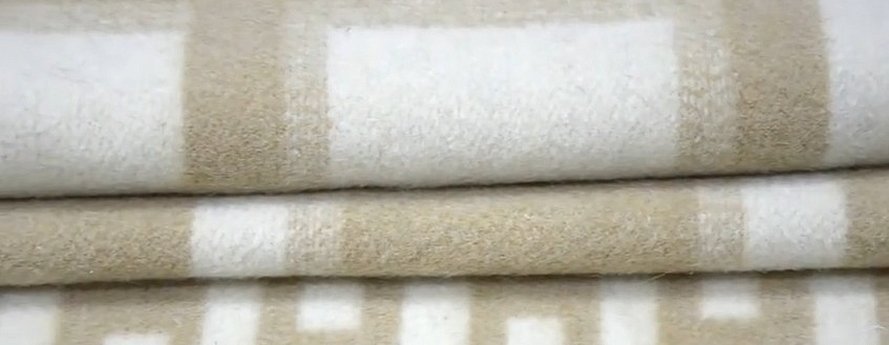
Hand wash
A merino blanket can be hand washed, like all woolen items. Woven items with a satin or silk coating require careful selection of detergent with subsequent rinsing from possible soap stains on the fabric.
To wash a camel blanket, you can use liquid soap, as well as powder for hand or delicate washing. Do not rub the dirty area too hard, so as not to damage the structure of the fibers. You can use laundry soap at a rate of up to 10 g per 1 liter of water.
The washed item must be rinsed thoroughly, with subsequent odor removal during drying.
Please note! Adding wine vinegar will restore the elasticity of the wool, and lemon juice will prevent yellowing of the fabric.

Top producers
The following are in high demand on the market:
- Gobi is a Mongolian manufacturer of hand-made cashmere products;
- Incalpaca is a Peruvian manufacturer of blankets made from alpaca and merino wool. Eco-friendly production supports the values of a healthy lifestyle and organic products;
- Steinbeck - German production without the use of harmful substances. Stylish color schemes and a wide range of products are widespread in many countries;
- Runo, Russia. The production of wool products is quite competitive on the world market due to the use of natural raw materials and components.
Reviews
Alena, 25, Orel: "I love my merino blanket. My sister brought it to me from Europe. I am ready to lie under it in both winter and summer. The first time I washed it I was apprehensive, but then I realized that nothing would happen to it. The excellent quality has been preserved after numerous washes."
Stepan, 33, Odessa: "I brought my wife a yak blanket, I didn't think she would like it so much. Now we're fighting over it, I'll have to buy a second one, but I haven't found a suitable one yet. Wow, it's only a blanket, but so much honor."
Easy-to-care-for blankets are light and soft, and their all-season use is confirmed by the ability to retain comfortable warmth at any temperature. The main thing is to choose what you like and ensure proper care and storage.



